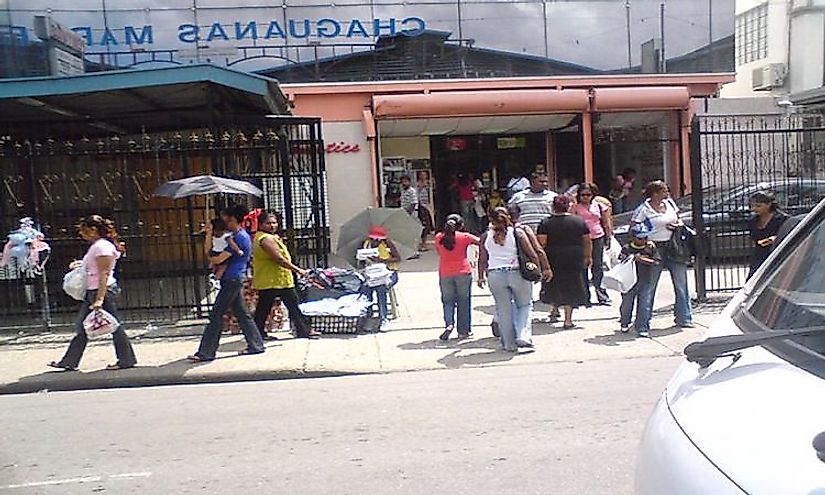Biggest Cities Of Trinidad And Tobago

Trinidad and Tobago
Trinidad and Tobago is an island nation that sits off the northeast coast of Venezuela. It is comprised of 1,981 square miles divided between two islands. The total population size here is approximately 1.349 million. A large percentage of these individuals live in the nation’s cities. This article takes a look at the most heavily populated urban areas of Trinidad and Tobago.
The 3 Most Populated Cities in Trinidad and Tobago
Chaguanas
The biggest city in Trinidad and Tobago, in terms of population, is Chaguanas which is located in the central region of the Trinidad island. In the 2011 census, this city reported a population of 83,516. This area has been inhabited since before the British colonial era, however, significant population growth did not begin until the nearby sugar, cocoa, and coconut estates were established. Chaguanas is the fastest growing city in the country. This growth was first encouraged because of the city’s lower cost of real estate and opportunities for bargain shopping. Its economy is based around retail and this city is home to several malls and shopping centers. This city is also home to the largest producer of aluminum doors and windows, PVC doors and windows, and clay building blocks throughout the English-speaking countries of the Caribbean. Additionally, Chaguanas has become an important financial center in Trinidad and Tobago and is home to a number of banking headquarters.
San Fernando
The second most populated city in Trinidad and Tobago is San Fernando. This city is home to approximately 50,208 residents. It is located along the southwestern coast of Trinidad and covers an area of 7.2 square miles. Although previously inhabited, this area was first named San Fernando in 1784 when it grew in size due to surrounding sugar plantations. During the 19th century, this city was home to the largest sugar refinery in the world. Cacao and petroleum industries led to further growth, particularly in response to the oil boom of the late 20th century. Today, the economy continues to rely on petroleum extraction and processing. In fact, this city is known as the industrial capital of Trinidad and Tobago.
Port-of-Spain
The third biggest city in this country is Port-of-Spain with its population of 37,074. Its surrounding metropolitan area, however, has a total population of over 120,000. This city is the capital of Trinidad and Tobago and was founded by Spanish colonialists during the 16th century. It did not become the capital until 1757. Approximately 30 years later, it had a population of 3,000. During the mid-20th century, its population grew to 100,000 although the increase in commercial activity pushed most of the residents to the surrounding suburbs. Today, the city has an interesting mix of colonial style buildings, modern high-rises, and undeveloped settlements. The economy is based on public administration and the city is known as a shopping and commercial center.
Environmental Threats In Trinidad And Tobago
Because of rapid urbanization and population growth, Trinidad and Tobago faces some very serious environmental problems. Development endeavors have contributed to illegal dumping, water pollution, and deforestation around the islands. Additionally, the demand for agriculture, fish, and livestock has increased, leading to resource depletion both onland and off the coast. Recently, the government has increased educational and advocacy efforts to fight some of these environmental issues. These efforts focus on promoting learning, improving organizational practices, and implementing project monitoring and evaluation.











